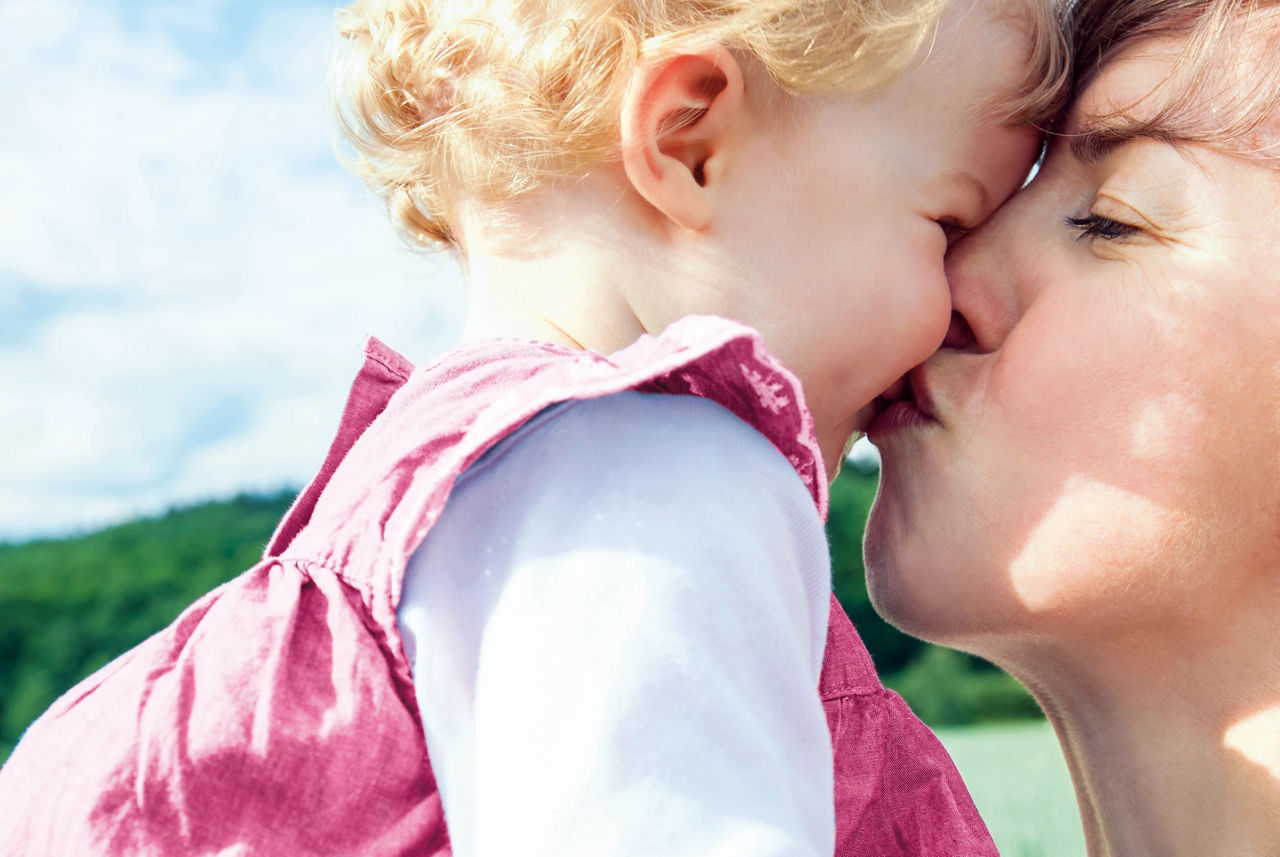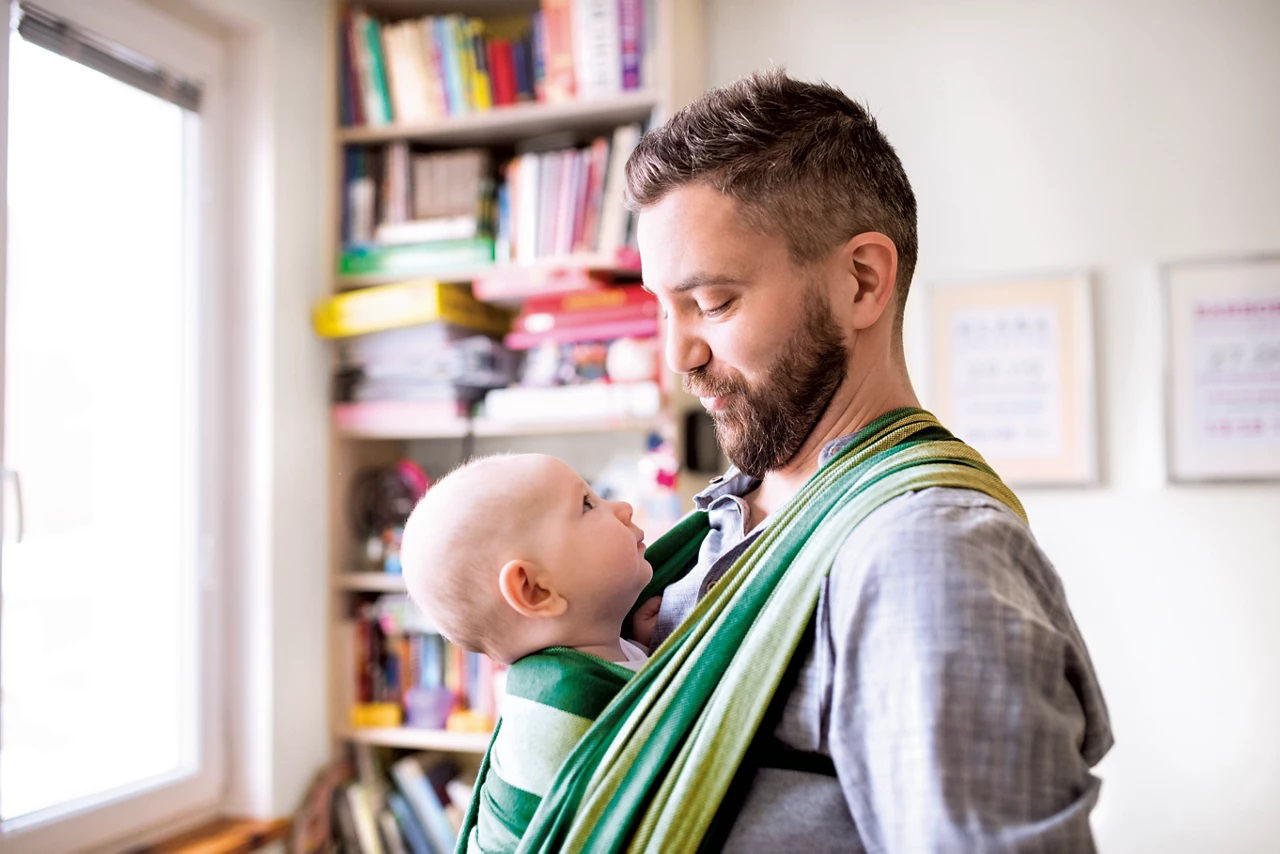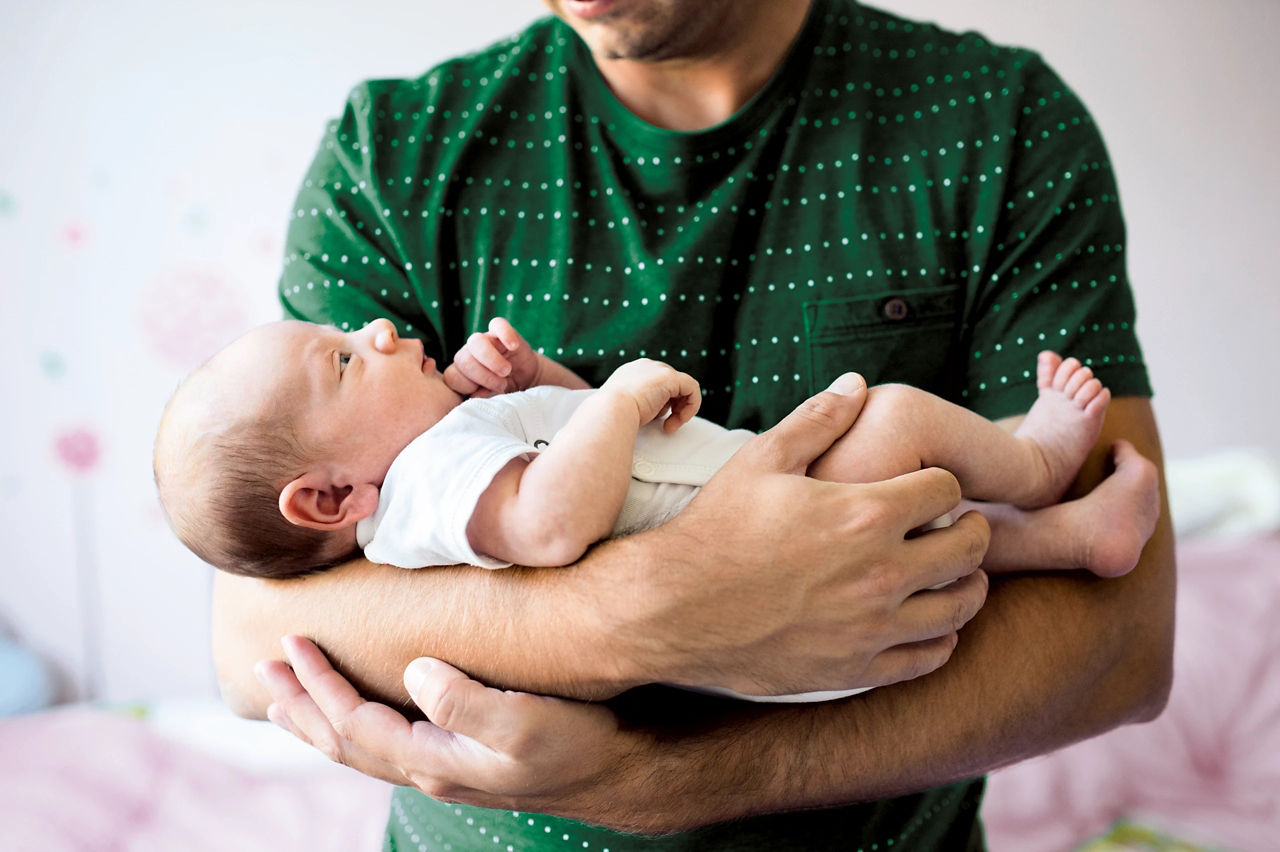Free weaning plan - Register here
Depending on how you’ve chosen to feed your baby, how to sterilise baby bottles could well be something you need to know.
It might be that you’re exclusively bottle feeding with breast milk or baby formula. Perhaps you’ve decided that combination feeding your baby is the right path for your feeding journey, and you’re bottle feeding with either breast milk or baby formula alongside breastfeeding. Whatever you’ve chosen to do, sterilising baby bottles is very important.
Below you’ll find lots of information about how to sterilise baby bottles, the different sterilising methods you can use, and why sterilising baby bottles is so important for your baby’s immune system and protecting them from infection1.
Why do I need to sterilise my baby’s bottle?
Sterilising baby bottles is a vital part of your bottle feeding routine. This is because in some circumstances, milk can breed bacteria which can cause food poisoning2. During their first year, your baby’s immune system isn’t as well established as that of an adult. This means that they’re more vulnerable to the bacteria that could make them ill. Sterilising baby bottles kills these bacteria2 and helps to protect your baby from infections including vomiting and diarrhoea1.
When to sterilise baby bottles
Baby bottles should be sterilised both before a feed, and as soon as possible after your baby has finished feeding1. You’ll need to clean and sterilise every part of the bottle, along with any other feeding equipment that you’ve used.
If you’re cold-water sterilising, the solution will only remain sterile for 24 hours, so any equipment that you haven’t used within that time will need to be sterilised again before you feed your baby3. Steam sterilisers will come with manufacturer's instructions that you’ll need to follow - make sure you take note of how long your baby bottles will remain sterile until you’ll need to repeat the process3.
When can you stop sterilising baby bottles?
Due to the fact that your baby’s immune system isn’t yet fully developed4, NHS guidance states that you should continue to sterilise your baby’s bottles until they reach at least 1 year1.
Methods of sterilising baby bottles
Whether you’re bottle feeding with breast milk or baby formula or using the baby bottles or other equipment to store your baby’s milk, the same process will need to be followed in preparation for each of your baby’s feeds.
There are several methods you can use when sterilising baby bottles, and here we’ll take a look at1:
- Steam sterilisers.
- Sterilising baby bottles using boiling water.
- Cold water sterilising.
- UV sterilisation.
Steam sterilising: Electric steamers or microwave
There are two types of steam sterilisers; those that you plug in at the mains, and those that you put in the microwave.
Often considered the easiest and most effective way to sterilise baby bottles and equipment, the unit is filled with water, and goes on to kill bacteria with the steam that’s been created5. Make sure that the openings on all teats and bottles are facing down when placed in the steriliser and ensure that you’ve fully read the manufacturer's instructions before you begin6.
If you’re considering this sterilisation method, you’ll find that there are a variety of steam sterilisers available to buy. Some can be quite bulky, so it’s a good idea to consider the space you’ll need before you invest.
Sterilising baby bottles by boiling water
Sterilising baby bottles using boiling water is very easy to do and has the added bonus that you won’t need to invest in any additional equipment.
This sterilising method involves boiling your baby bottles and feeding equipment in a large pan full of water for at least 10 minutes1, since the majority of bacteria are destroyed when boiled in water that’s reached 100 degrees2. Ensure that all of the equipment is fully submerged under the surface of the water1.
There are a few things you’ll need to bear in mind when sterilising baby bottles using boiling water1:
- Always check that the baby bottles and feeding equipment are safe to be boiled.
- Regularly check teats for cracks and tears, as this sterilising method can cause them to become damaged more quickly.
- Setting a timer can be a helpful reminder of when to take the pan off the heat.
Cold water sterilising
When cold water sterilising your baby’s feeding equipment, you can use a clean watertight container or check to see if your steam steriliser is suitable for this sterilisation method2.
You’ll need to add a sterilising solution (which you can get in either liquid or tablet form) to cold water. Always follow the manufacturer's instructions closely and ensure that every part of the bottles and feeding equipment is submerged under the water1. If you’re using a steam sterilising unit, this will likely have a floating cover to help with this. Leave the feeding equipment in the sterilising solution for at least 30 minutes, and make sure that it’s changed every 24 hours1.
When using this sterilisation method, it’s important to make sure that the bottles and teats don’t contain any bubbles, as in order to work properly, the sterilising solution needs to come into contact with all parts of the feeding equipment7.
How to store sterilised bottles
Once sterilised, the clean baby bottles and teats can remain in the pan until you need to use them. Alternatively, you can take them out using clean hands or tongs, reassemble them and place them in a clean area that’s been disinfected. You can also place them on the upturned lid of your steriliser1.
Any unused bottles or other feeding equipment will need to be sterilised again if it hasn’t been used within 24 hours1.
Tips for sterilisation
Before you get started, and no matter what sterilisation method you choose, there are a number of things you should do to ensure that you’re feeding your baby safely. For example1:
- Always remember to wash your hand thoroughly.
- Clean any surface you’re likely to use with hot, soapy water.
- Fully clean all parts of the bottle (including lids and suctions rings) thoroughly before sterilising - use a bottle and a teat brush for hard-to-reach areas.
- Before placing the bottles and feeding equipment into the steriliser, rinse everything under clean, cold running water to get rid of any bubbles.
- Whilst you can wash your bottles and feeding equipment in the dishwasher, this is not the same as sterilising them. They’ll need need to be sterilised.
Some sterilisation methods will require additional equipment. For example, a steam steriliser or microwave steriliser, a bottle and teat brush, and sterilising solution.
- NHS. Sterilising baby bottles [online] 2023. Available at https://www.nhs.uk/conditions/baby/breastfeeding-and-bottle-feeding/bottle-feeding/sterilising-baby-bottles/#:~:text=It's%20important%20to%20sterilise%20all,in%20particular%20diarrhoea%20and%20vomiting. [Accessed January 2024]
- NCT. How to sterilise baby bottles, breast pumps and other feeding equipment [online] 2022. Available at https://www.nct.org.uk/baby-toddler/feeding/practical-tips/how-sterilise-baby-bottles-breast-pumps-and-other-feeding-equipment. [Accessed January 2024]
- NHS Health Scotland. Formula feeding how to feed your baby safely [online] 2020. Available at https://www.birthingrampian.scot.nhs.uk/wp-content/uploads/2020/08/5523-Formula-feeding-booklet-Jan2020-English.pdf. [Accessed January 2024]
- Yu JC, Khodadadi H, Malik A, et al. Innate Immunity of Neonates and Infants. Fromt Immunoi. 2018;9:1759. Published 2018 July 30.
- Centers for Disease Control and Prevention. Steam sterilization [online] 2016. Available at https://www.cdc.gov/infectioncontrol/guidelines/disinfection/sterilization/steam.html#:~:text=The%20basic%20principle%20of%20steam,pressure%2C%20temperature%2C%20and%20time. [Accessed January 2024]
- NHS. Start for Life. How to sterilise equipment [online]. Available at https://www.nhs.uk/start-for-life/baby/feeding-your-baby/bottle-feeding/how-to-make-up-a-feed/how-to-sterilise-equipment/. [Accessed January 2024]
- NHS Wales. Sterilising your feeding equipment [online]. Available at https://abbhealthiertogether.cymru.nhs.uk/pregnant-women/feeding-your-baby-first-six-month/sterilising-your-feeding-equipment. [Accessed January 2024]
Last reviewed: January 2024
Reviewed by Nutricia’s Medical and Scientific Affairs Team

Join our baby club
Ready to stop worrying about what other people think and do what feels right to you? We’ll give you the support you need to follow your instincts and enjoy parenthood to the max:
Helpful emails
Non-judgemental support
Free weaning plan
Tips from real parents
More from baby
Baby topics
Need free advice with a smile? Get in touch with our dedicated Care team.
Ask us a question (8am - 8pm Monday to Friday, 10am - 4pm Weekends)
Messenger
Contact us on Facebook (10am - 10pm, 7 days a week)
Call us
Call us on 0800 977 8880 (8am - 8pm Monday to Friday)
FAQs
Get answers to your most frequently asked questions




